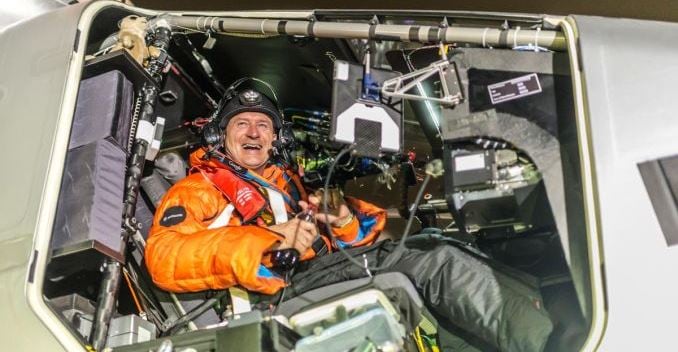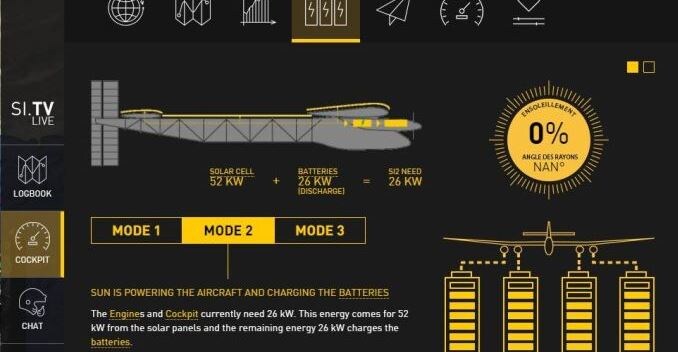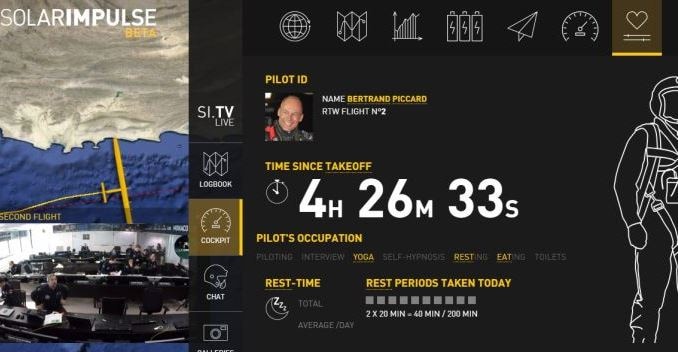Solar Impulse 2 - All You Need to Know

Highlights
In 1999, immediately after completing a flight around the world in a balloon with Brian Jones, Bertrand Piccard reflected upon the instability of the flight's dependence on fossil fuels. This thought soon turned in to the resolution that his next flight around the world would be fuel and emissions-free. Thus, the idea of solar airplane was born.
Fast forward to 2009, HB-SIA, a prototype of the first-ever solar airplane was unveiled to the public. Its purpose was not to fly round the world, but to demonstrate the feasibility of the program by making the first ever whole day-and-night flight without fuel, a task that it accomplished in July, 2010. The company was well on its way to revolutionize the aviation industry.

In March, 2012, the folks got the first wing spar section for the aircraft. However, it broke during final tests. Not one to be bogged down by this apparent hurdle, these folks learned their lessons and kept at it with unwavering enthusiasm.
On April 9, 2014, Solar Impulse 2 made its public debut and underwent rigorous testing throughout the year. In 2015, came the next phase of their adventure: the round-the-world-flight. Si2 took-off from Abu Dhabi yesterday, and landed in Muscat after a 12-hour flight. Next up on its list of stop-overs is Ahmedabad and Varanasi, India. Long story short, over the course of 5 months, Si2 is expected to visit the 7 continents and cross both, the Pacific and Atlantic oceans. The aircraft will culminate its journey in Abu Dhabi after visiting Hawaii, US, and the Southern Europe.
As far as the details about the Si2 go, this single-seater aircraft gets a carbon fiber body, a wingspan of 72-meter, and weighs only 2,300 Kg. Interestingly, the Si2's wingspan is larger than that of the Boeing 747-8I, and yet weighs as much as a car. The aircraft is powered by 4 electric motors (17.5 CV each), which receive energy via the 17,000 solar cells installed in the wing. These solar cells recharge the lithium batteries during the day, thus allowing the aircraft to fly at night.

The best part about this quest is the fact that you can be a part of it too, at least virtually. The company's official website allows you to not only listen in to the live exchange between the pilot (Betrand Piccard) and the command center, but also watch every take-off and landing, go through the flight's logbook, get current updates about the flight's status & the pilot's physical condition, and chat with the mission control center.

Last Updated on March 10, 2015
Latest Reviews
- Home
- Reviews
- Auto Industry
- Solar Impulse 2 - All You Need to Know









